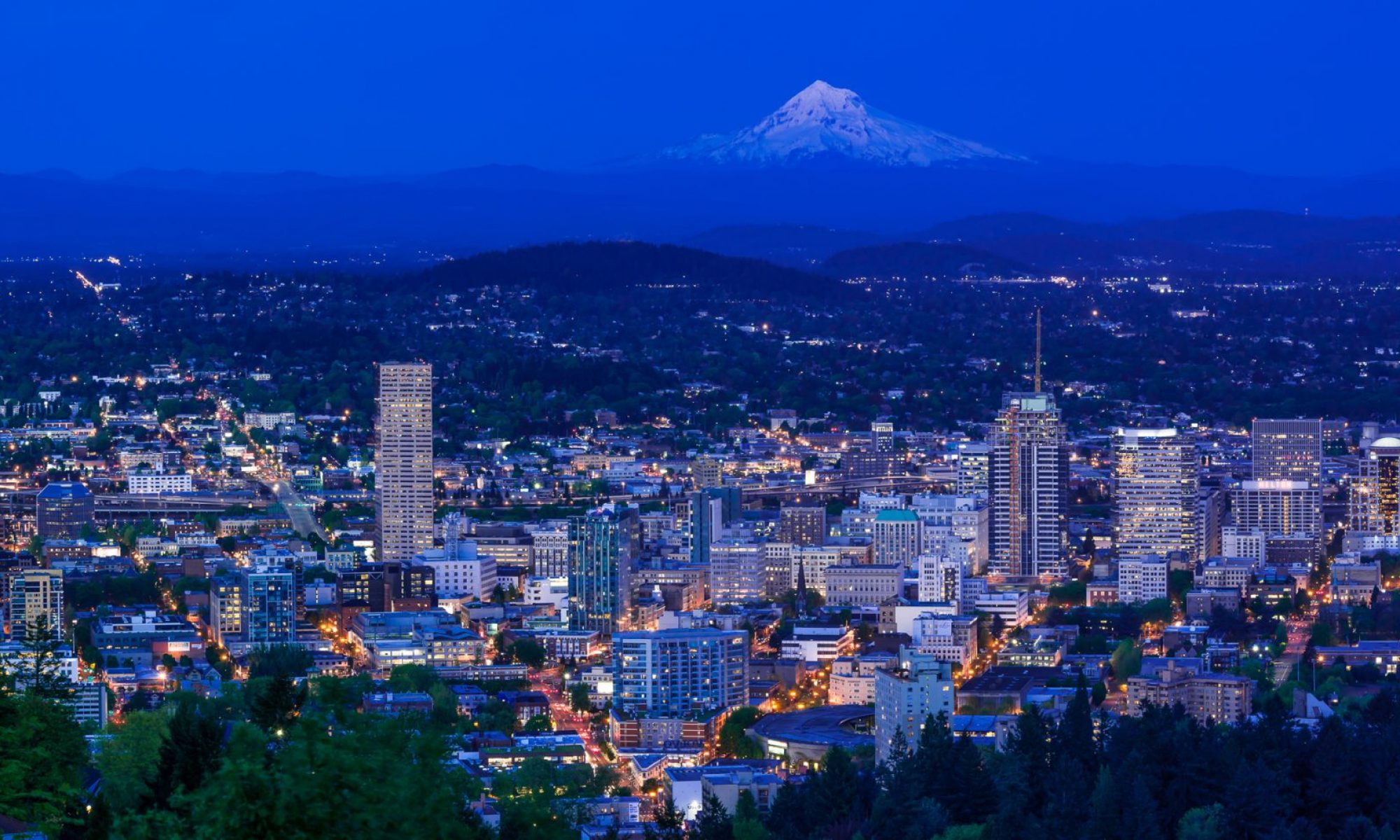I’m always interested in humanity’s attempts at creation. Of course, I know we’re always creating! It is the very Nature of Cause and Effect that our strongly held beliefs are certain to have their corresponding creations.
But I’m also interested in our attempts to create directly in the world by using our engineering prowess and natural materials to bring about something of enduring stature.

Sealed up in 1991 and again in 1994, the Biosphere complex in Oracle, Arizona, was built to be an artificial, materially-closed ecological system. The size of two and a half football fields, it is still the largest closed system ever created. The air, water, earth, plants, animals, bugs, fish, materials and humans sealed inside were meant to be self-supporting. It was meant to test our understanding of how the various components of the world work together to allow abundant life.
Unfortunately, it didn’t work. The builders were unable to find the exact balance of plants, animals, etc., to allow a thriving sealed environment. The first experiment experienced dwindling oxygen balances that could not be naturally re-established. The second experiment failed because of administration changes and the desires of the sealed-up people who found they could not get along with each other.
We’re still in the Biosphere. Of course it’s bigger. It encompasses the entire Universe. It includes all of our “earthly” material, plus sunlight from across the solar system—and even cosmic rays from across the cosmos.
Because of the size of our Biosphere, simple mistakes can be easily overlooked. If a few animals become extinct, there’s enough biodiversity to make up for it. If we overuse a piece of land, we can let it lie fallow.
But ultimately, our individual choices do make a difference. If enough of us choose wisely, the carbon dioxide in our atmosphere can level off to prevent further global climate change. If enough of us take time to examine our purchases, we can make different ones. As we begin to understand cycles and methods of manufacture, delivery, purchase, use, re-use and disposal, we will also understand the power we have on this planet. The good news is that we can help keep this planet “in balance” for generations to come.
The bad news is that there’s not an easy exit from this Biosphere.
For information on how you can begin to be part of the solution, you may find Sustainable Choices a useful resource created at Stanford University.
